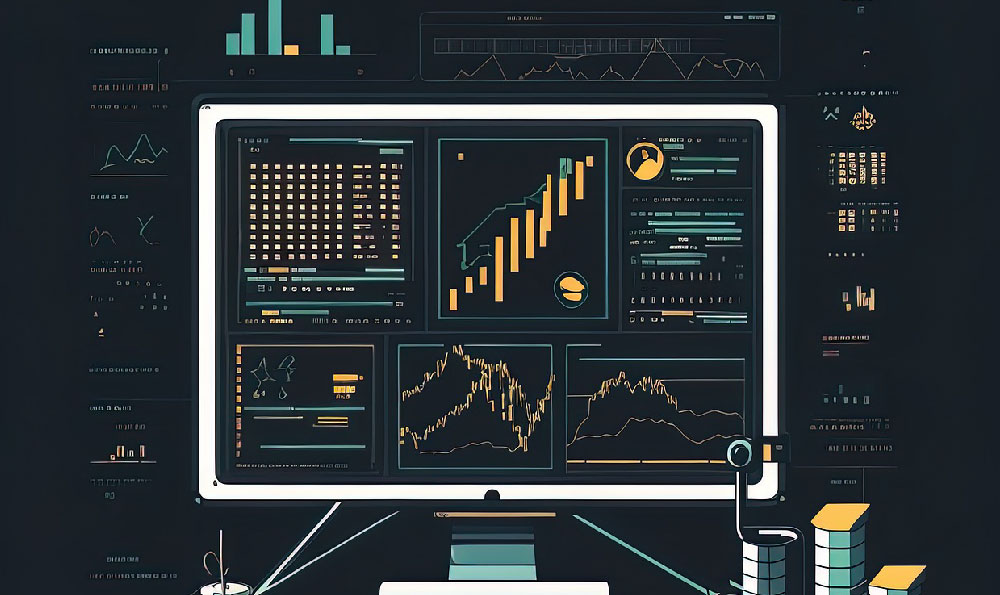3D printing, once a futuristic concept confined to science fiction, has rapidly evolved into a tangible and increasingly accessible technology. Its potential applications span across numerous industries, from manufacturing and medicine to architecture and art. Naturally, the question arises: can 3D printers generate income, and what is the true profit potential? The answer, while not a simple yes or no, leans heavily towards a resounding affirmative, provided the endeavor is approached strategically and with a realistic understanding of the market.
The income-generating potential of 3D printers stems from their versatility and ability to create custom, on-demand products. One of the most straightforward avenues for profit is through offering 3D printing services. Individuals and businesses alike may require prototypes, specialized parts, or custom designs that are difficult or expensive to obtain through traditional manufacturing methods. By investing in a quality 3D printer and developing expertise in design software and material selection, one can cater to this demand and charge a premium for the convenience and customization offered. The pricing structure can vary depending on factors such as printing time, material cost, complexity of the design, and post-processing requirements. Careful calculation of these factors is crucial to ensure profitability and competitiveness in the market.
Beyond simply offering printing services, a more lucrative path lies in developing and selling unique 3D printed products. This requires creativity, market research, and a clear understanding of consumer needs. The possibilities are virtually limitless, ranging from personalized jewelry and home decor to functional gadgets and replacement parts. The key to success in this area is identifying a niche market with unmet needs and developing products that are both desirable and difficult to replicate through traditional means. Online marketplaces such as Etsy, Shapeways, and even Amazon provide platforms for showcasing and selling 3D printed creations, allowing entrepreneurs to reach a global audience without the need for a physical storefront.

Another promising avenue for generating income through 3D printing lies in the realm of education and training. As the technology becomes more prevalent, the demand for skilled operators and designers is steadily increasing. Offering workshops, online courses, or even personalized tutoring sessions can be a valuable service, particularly for individuals and businesses looking to integrate 3D printing into their workflows. The curriculum can cover topics such as 3D modeling software, printer operation, material selection, troubleshooting, and design optimization. By sharing knowledge and expertise, one can not only generate income but also contribute to the growth and development of the 3D printing industry as a whole.
The profit potential associated with 3D printing is highly variable and depends on several key factors. First and foremost, the initial investment in a 3D printer can range from a few hundred dollars for a basic hobbyist model to tens of thousands of dollars for an industrial-grade machine. The choice of printer will significantly impact the types of products and services that can be offered, as well as the speed, accuracy, and reliability of the printing process. Secondly, the cost of materials, such as filaments, resins, and powders, can also vary widely depending on the type and quality. Careful sourcing of materials and efficient utilization are essential for maximizing profit margins. Thirdly, the skill and expertise of the operator play a crucial role in the success of any 3D printing venture. Proficiency in design software, printer maintenance, and troubleshooting is necessary to ensure high-quality output and minimize downtime.
However, venturing into the world of 3D printing income generation is not without its challenges and potential pitfalls. One significant hurdle is the learning curve associated with mastering the technology. Operating a 3D printer requires a certain level of technical expertise, and even experienced users can encounter issues such as warping, clogging, and adhesion problems. Overcoming these challenges requires patience, experimentation, and a willingness to learn from mistakes. Another potential risk is the competition from established businesses and other individuals offering similar services. Differentiating oneself through superior quality, competitive pricing, or niche specialization is essential for standing out in a crowded market. Furthermore, intellectual property rights can be a concern, particularly when printing designs created by others. It is crucial to respect copyright laws and obtain permission before reproducing or selling copyrighted material.
To avoid investment traps and protect one's assets in the 3D printing space, a cautious and well-informed approach is paramount. Thorough market research is essential to identify profitable niches and assess the level of competition. A detailed business plan outlining the target market, pricing strategy, and marketing plan can help to guide the venture and ensure financial viability. Investing in quality equipment and materials is crucial for delivering high-quality products and services. Regularly maintaining the 3D printer and staying up-to-date with the latest technological advancements can help to prevent costly repairs and ensure optimal performance. Protecting intellectual property by registering designs and trademarks can safeguard against infringement and unauthorized reproduction. Finally, seeking advice from experienced mentors or consultants can provide valuable insights and guidance on navigating the complexities of the 3D printing industry.
In conclusion, 3D printers undeniably possess the potential to generate income, offering diverse avenues for profit through services, product sales, and education. The profit potential is substantial, but it is heavily influenced by factors such as the initial investment, material costs, operator skill, and market demand. A strategic approach, combining creativity, technical expertise, and a keen understanding of the market, is crucial for maximizing profitability and mitigating risks. By carefully considering these factors and taking proactive steps to protect their investments, individuals and businesses can unlock the lucrative opportunities offered by the ever-evolving world of 3D printing and transform futuristic possibilities into tangible financial realities.












